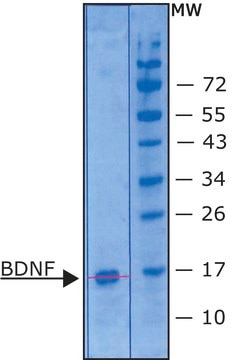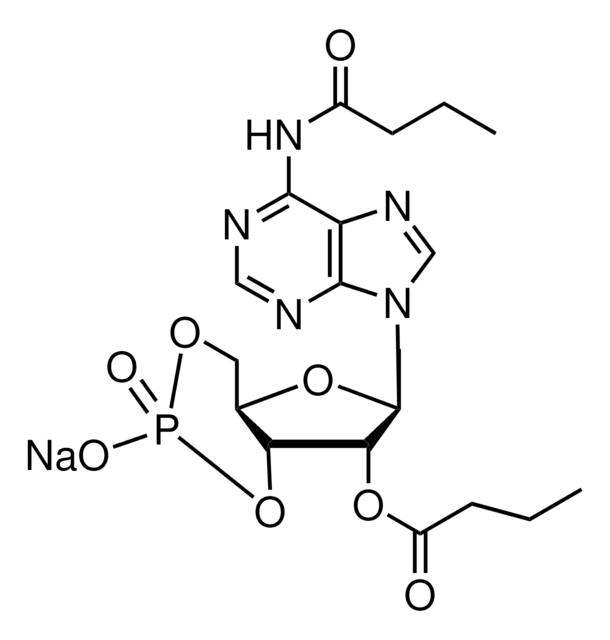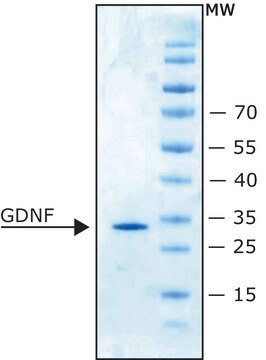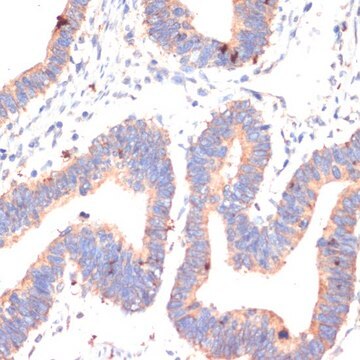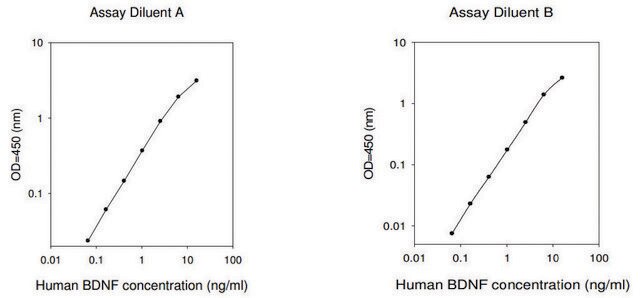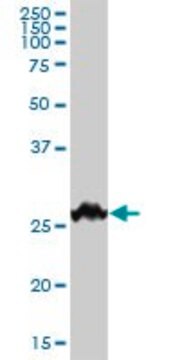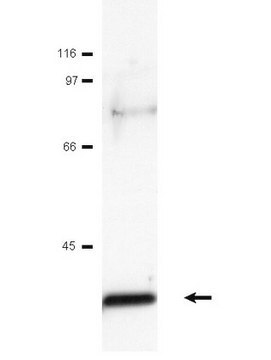B3795
Brain-derived neurotrophic factor human
BDNF, recombinant, expressed in E. coli, lyophilized powder, suitable for cell culture
Synonym(s):
Abrineurin, BDNF
About This Item
Recommended Products
biological source
human
Quality Level
recombinant
expressed in E. coli
assay
≥95% (SDS-PAGE)
form
lyophilized powder
quality
endotoxin tested
mol wt
~27 kDa
packaging
pkg of 10 μg
pkg of 5 μg
storage condition
avoid repeated freeze/thaw cycles (Do not store in a frost-free freezer.)
technique(s)
cell culture | mammalian: suitable
impurities
≤1.00 EU/μg Endotoxin level
UniProt accession no.
storage temp.
−20°C
Related Categories
General description
The active form of BDNF recombinant human protein (27 kDa) is a dimer formed by two identical 119 amino acid subunits held together by strong hydrophobic interactions
Application
Biochem/physiol Actions
Physical form
Analysis Note
Storage Class
11 - Combustible Solids
wgk_germany
WGK 3
flash_point_f
Not applicable
flash_point_c
Not applicable
ppe
Eyeshields, Gloves, type N95 (US)
Certificates of Analysis (COA)
Search for Certificates of Analysis (COA) by entering the products Lot/Batch Number. Lot and Batch Numbers can be found on a product’s label following the words ‘Lot’ or ‘Batch’.
Already Own This Product?
Find documentation for the products that you have recently purchased in the Document Library.
Customers Also Viewed
Articles
Products to enable the creation of neural models specific for your research.
Our team of scientists has experience in all areas of research including Life Science, Material Science, Chemical Synthesis, Chromatography, Analytical and many others.
Contact Technical Service